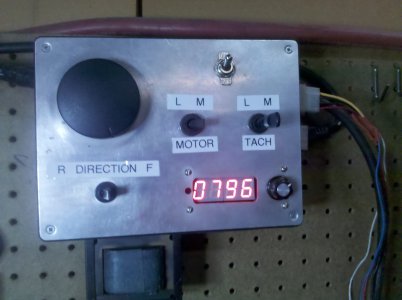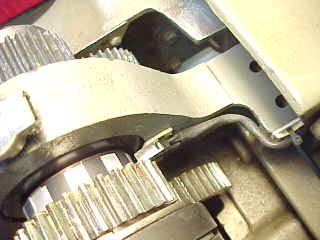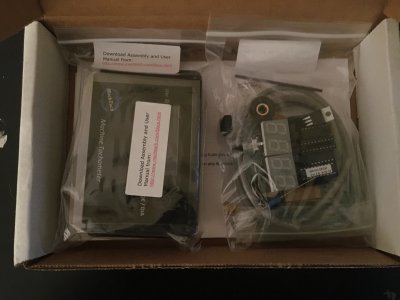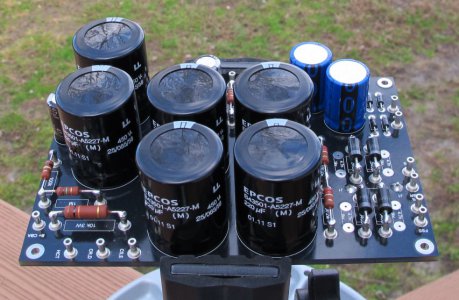- Joined
- Jul 20, 2012
- Messages
- 1,255
I got one for my lathe. Works great. Best thing is that you can easily change to surface feet per minute instead of rpm so you know the speed of the actual cutter.
When I built mine I just had the directions from the web site up on the screen and followed the directions so I could see the pictures as I went.
It is also modular (Sensor plugs in) so you could get one unit and change between a lathe and mill if you had sensors put on both.
When I built mine I just had the directions from the web site up on the screen and followed the directions so I could see the pictures as I went.
It is also modular (Sensor plugs in) so you could get one unit and change between a lathe and mill if you had sensors put on both.




